#152 Shank and mash
The perfect October dinner
Lamb shank season is upon us. As the weather gets cooler, it’s time for you to start nourishing yourself with more gelatinous cuts of meat. Start making osso buco. Make more stews.
One of the best meals I enjoy having this time of year is a beautiful shank of lamb served with mashed potatoes made the way Joël Robuchon loves them. It’s incredibly easy to make and it’s a dinner that will certainly impress.
Lamb shanks are not only my favorite cut of lamb, but they’re as nutritious as they are tasty. And for some reason, most people are intimidated by the idea of cooking lamb shanks. They believe it’s a complex and difficult dish to nail. But the reality is quite the opposite. Lamb shanks, like many gelatinous cuts of meat, are not only easy to cook, but also require minimal hands-on time.
Let me share with you the secrets to creating a tender, fall-off-the-bone lamb shank that pairs beautifully with mashed potatoes.
Lamb Shank Technique
Preheat & Sear
Start by preheating your oven to 340ºF (170ºC). As it heats, sear the lamb shanks in an oven-proof vessel like an enameled Dutch oven, using ghee or tallow. Achieve a beautiful brown crust by pressing firmly and rotating the shanks.Aromatics & Deglaze
Remove the lamb shanks and let them rest. Sauté onions or shallots until translucent. Deglaze the pan with bone broth, scraping the fond for extra flavor. Add red wine, thyme, garlic, rosemary, bay leaves, and let the mixture simmer.Braise
Place the lamb shanks back into the pot, surrounded by the aromatic liquid. Slide the pot into your preheated oven, and let the magic happen for 2-3 hours.Serve
Remove the shanks from the oven, and serve. Best enjoyed with beautiful mash potatoes (recipe below).
Here’s Joël Robuchon’s pomme purée recipe that makes you a serving of the most beautiful mashed potatoes you’ll ever have.
Ingredients
1 medium-sized potato (preferably Ratte or Yukon Gold)
40g grass-fed butter, chopped into small pieces (about 2 generous knobs)
40ml warm whole milk (equal portions milk to butter)
Salt and pepper, to taste
Salted water for cooking
Equipment
Large pot
2 small saucepans
Vegetable mill (essential for Michelin-level consistency)
Wooden spatula
Whisk
Method
Wash the potato and cook in a large pot of generously salted water at a low simmer for 20-30 minutes, until tender when pierced with a knife.
Once cooked, peel immediately while still hot (protect your hands).
Pass the hot potato through the vegetable mill on its finest setting into a clean saucepan.
Heat the mash over low-medium heat, stirring continuously with a wooden spatula for 2-3 minutes until somewhat dry.
Remove from heat and add butter while continuing to stir vigorously. The faster you stir, the smoother and creamier it becomes.
Meanwhile, warm the milk in a separate small saucepan.
Once butter is fully incorporated, add the warm milk gradually while stirring.
Whisk vigorously until everything is well incorporated and the puree becomes light and airy. Season with salt and pepper to taste.
Serve immediately for the best texture and flavor.
“It is this simple but tasty dish that has done the most for the reputation of my restaurant. For a good mash, choose potatoes of uniform size so that they are all cooked at the same time. For my restaurant, I used only the best Rattes from the rigorous Jean-Pierre Clot in Jouy-le-Châtel (Seine-et-Marne), larger than the potatoes of this variety and above all of exceptional flavor.
Respect the proportion of salt in the water used to cook the potatoes: it is no coincidence that you salt at the beginning. Once in the vegetable mill, plan a vigorous movement of the wrist to dry out the puree with a wooden spatula. Add the fresh butter first and only then the whole milk. Finish with a whisk to make the puree lighter.”
— Joël Robuchon
S tier ice creams
What would you change if we were to make V3.0?
Eat your hydration
You need to be eating your hydration
Thinking about dates
Accoutrement maxxing
Nutrition is more than micros and macros
Cinder toffee is a traditional UK sweetie recipe which has been around for centuries, and early recipes can be found in household manuscript books from the reign of Charles II. Recently, it has seen a return to popularity under the name Honeycomb Toffee. Whilst a more appetising name, perhaps, unless you actually make it with honey, it is, to my mind, a bit misleading, whereas you have only to glance at the Wikipedia page for cinder to see that the appropriateness is evident in both looks and definition.
The toffee is made by bringing a mixture of sugars to the Hard Crack stage and then quickly stirring in a small amount of bicarbonate of soda to produce effervescence. The mixture is then poured into a suitably prepared tin and as it cools, the air bubbles are trapped in the sugar, thus giving it its distinctive structure.
Having read numerous recipes online, it is fairly safe to say that the most popular combination of sugars is caster sugar and golden syrup. This gives a bright, golden toffee reminiscent of the insides of a modern Crunchie bar. Whilst delicious, the flavour is, however, very one-note, and extremely sweet, and I got to pondering how it might be improved.
Inspired by charcuterie picnics in Napa Valley in the fall, this jam perfectly pairs the smooth flavors of honey and fig along with the warm chai spices of cardamom and cinnamon. Spread it on crostini with got cheese, use it as a cake filling, or layer it into a tart to help usher in fall.
I’m so ready for autumn. Which isn’t always the case. I’m often chasing the last vestiges of summer, since we almost always have hot weather into November here in California. Plus, there’s something youthful and carefree about summer. Why wouldn’t I want to hang onto that?But right now I’m ready for fall. Fitzgerald put it best: “Life starts all over again when it gets crisp in the fall.”
So I’m throwing myself into the warmth of cinnamon, honey, and cardamom.
And figs.
Figs always scream fancy to me. Well, not scream. Fancy and scream are mutually exclusive. But still. They’re what you drizzle with honey on crostini or pair with the poshest of charcuterie boards. And they’re part of the early fall, say-goodbye-to-summer fruits. Plus, figs create a naturally thickened jam without pectin or cornstarch.Easy Peasy. Just what we need right now.
(Also, it goes with almost any fall-ish dessert. Stay tuned.)
Scones spread with jam are good. But scones that get layered with fig jam before they’re baked so every bite has moments of sweetness are great. These tender cornmeal scones, the brainchild of baker Jordan Smith, take a bit more preparation than your typical mix-and-shape recipe, but their beauty and dynamic flavor (rosemary, cornmeal, and fig!) make the process worthwhile. Plus, you can keep these fig scones in the freezer and pop them straight in the oven for a freshly baked treat fit for company at any time.
❋ Read our latest WARKITCHEN magazines:
❋ You asked, so we had to deliver. Prints are finally here! "Fundamentals" presents twelve prints, each sized 8.5" x 11", printed on 350gsm art paper with a protective matte finish. The prints are bundled and wrapped with soft 22g tissue paper - sealed gently with a cute watermelon sticker (as everything should be). Get your prints (that come in a bespoke WARKITCHEN linen gift box) here.
❋ If you’d like to contribute an article or sponsor a future issue, please send your pitch to rocky@warkitchen.net.
❋ Explore the full WARKITCHEN archive here.
❋ Adding us (rocky@warkitchen.net) to your contacts, or moving us to primary, will make sure you continue receiving these emails.




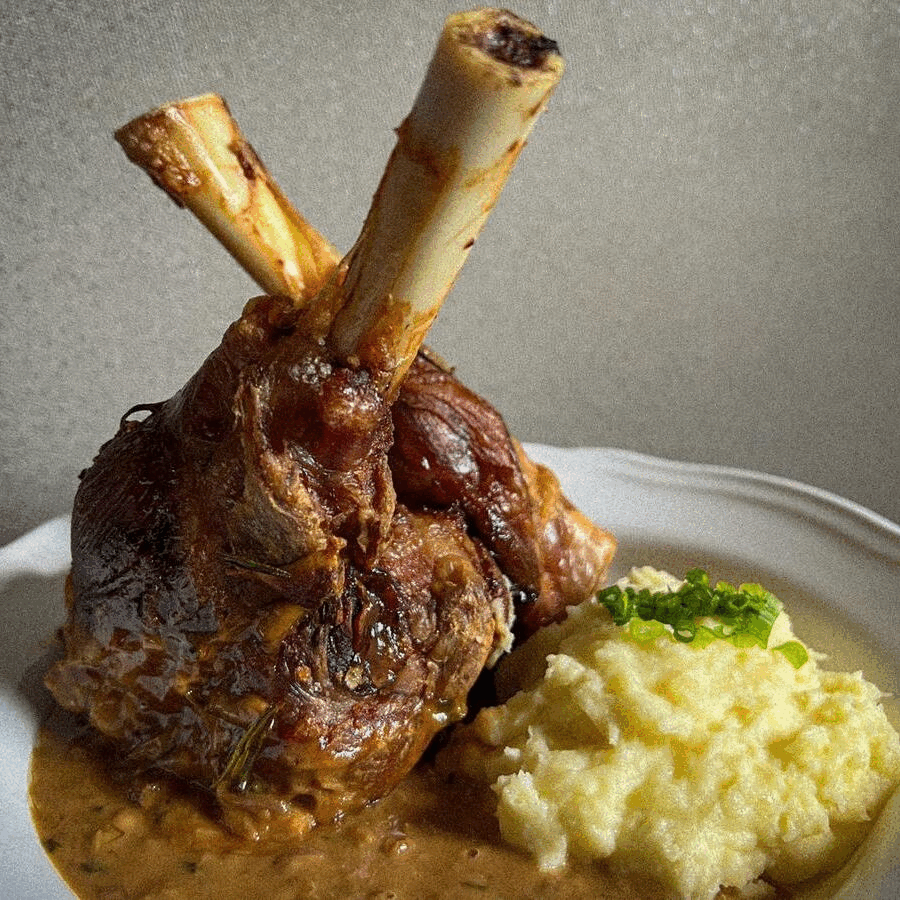
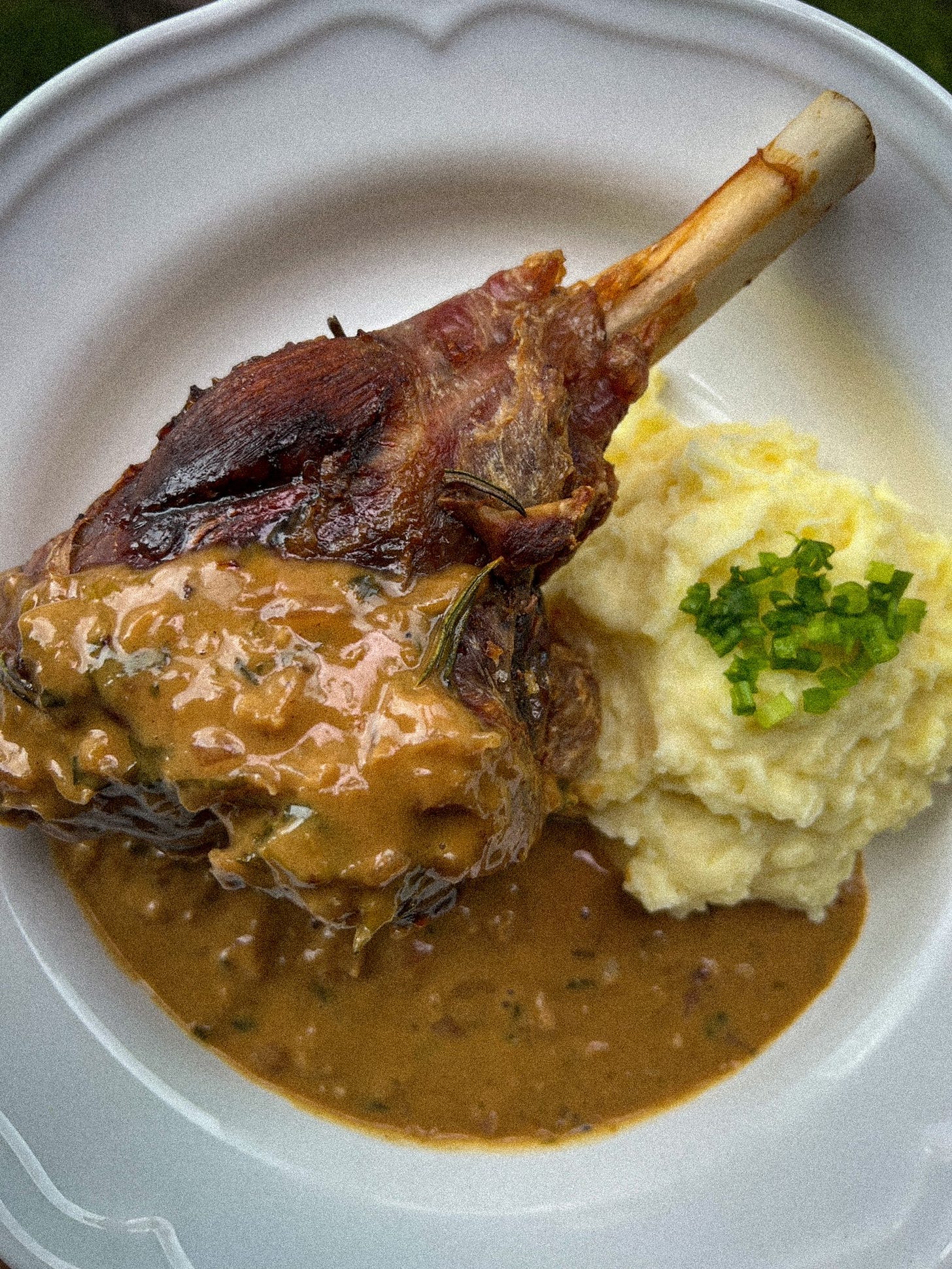
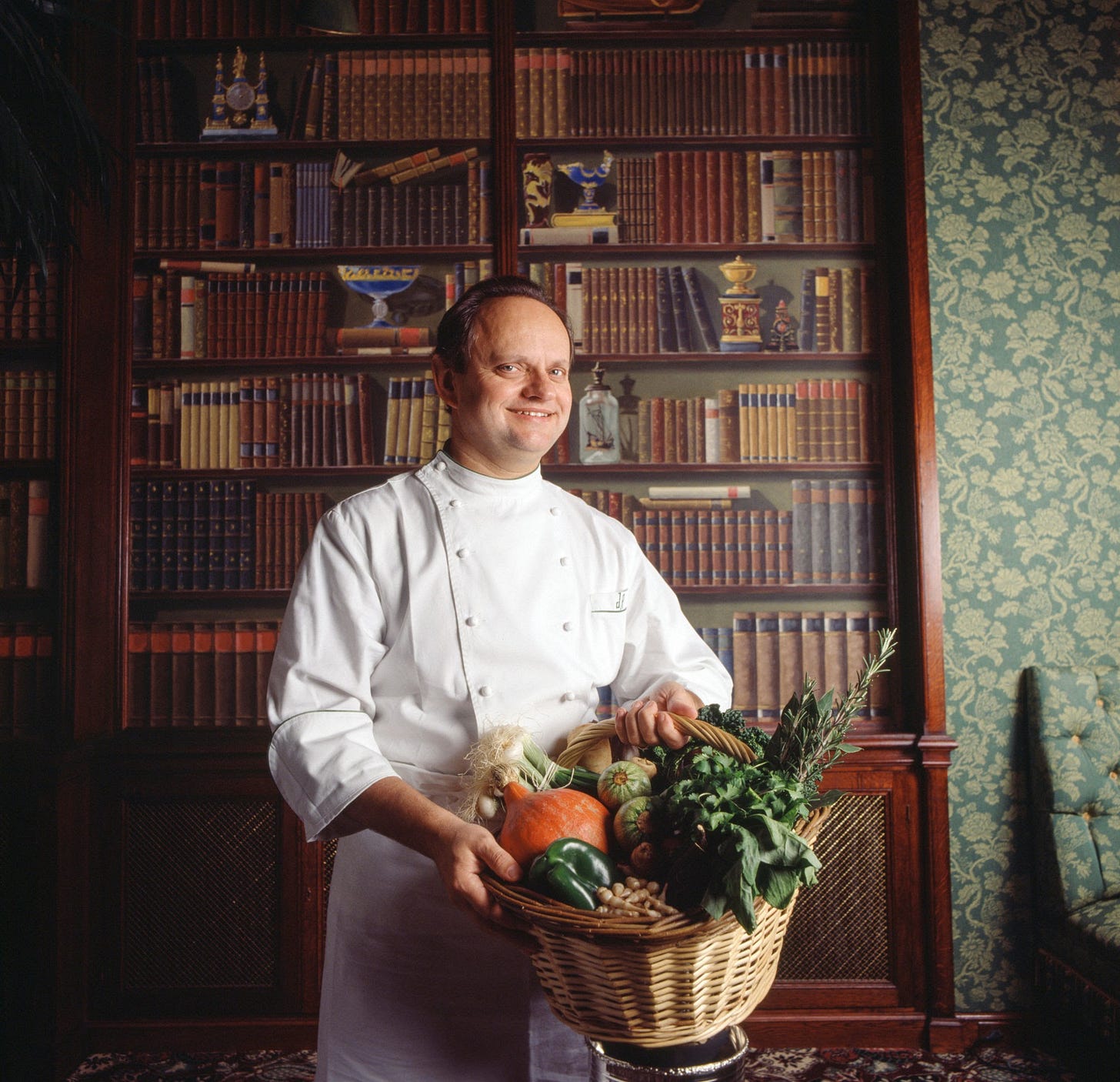

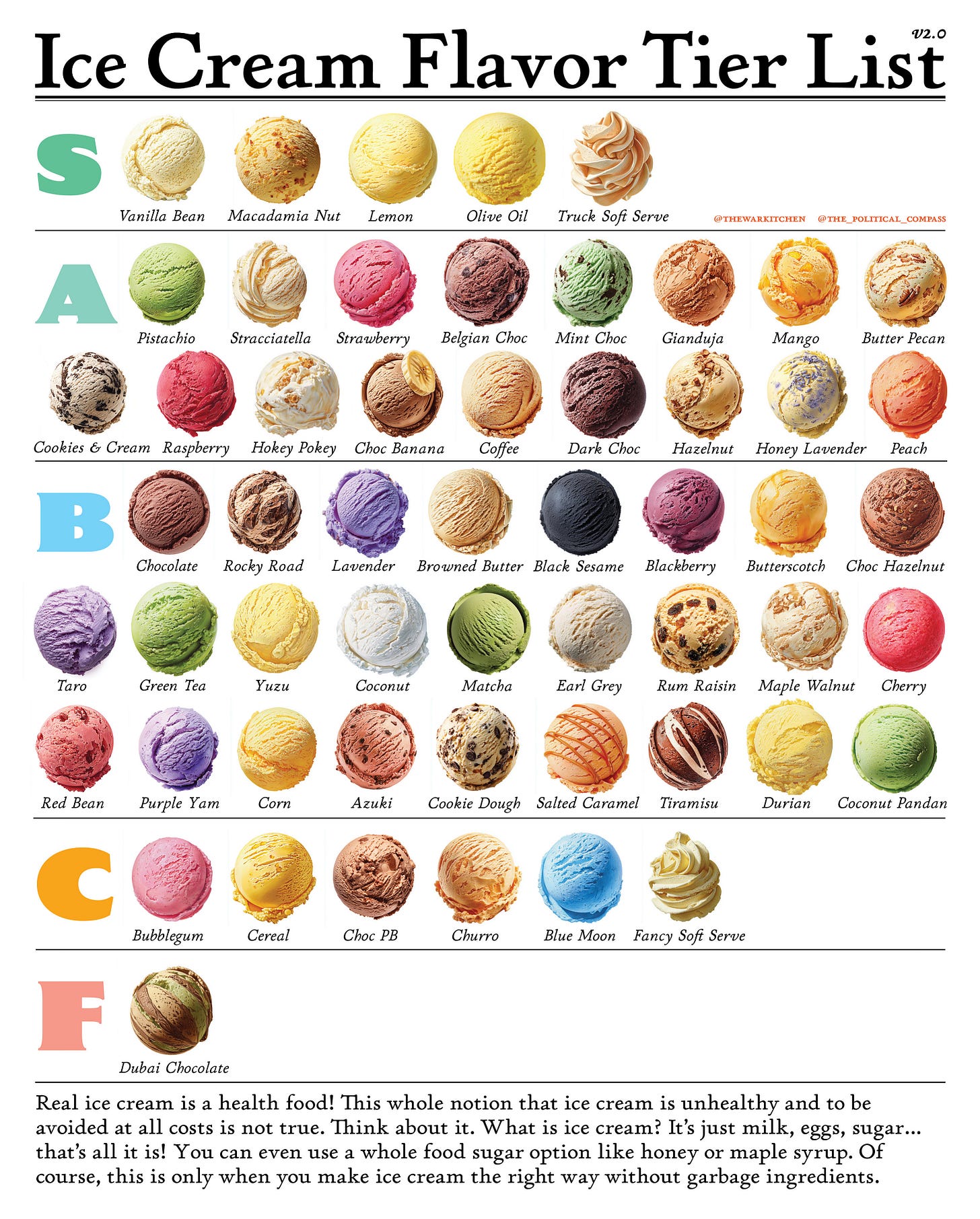
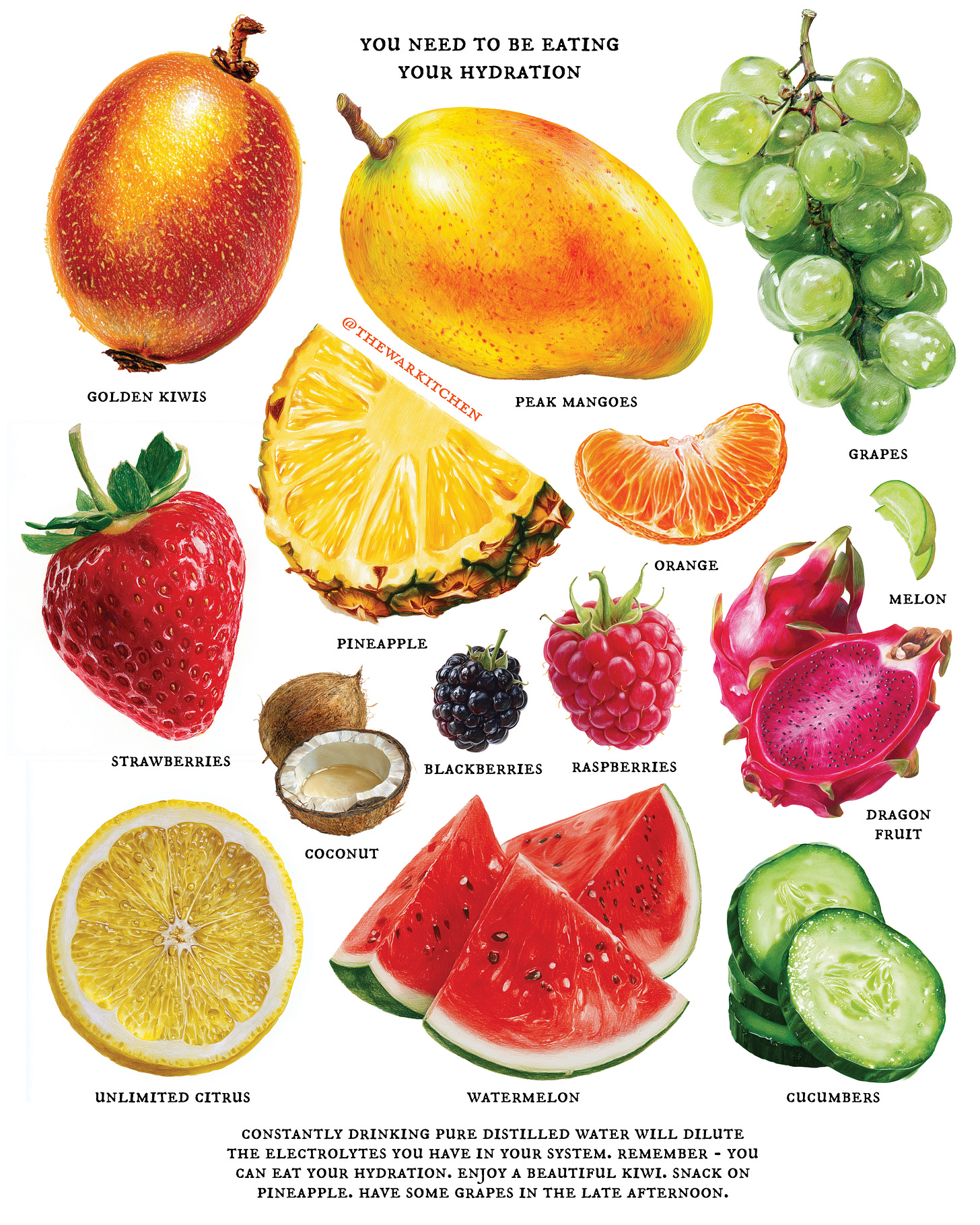
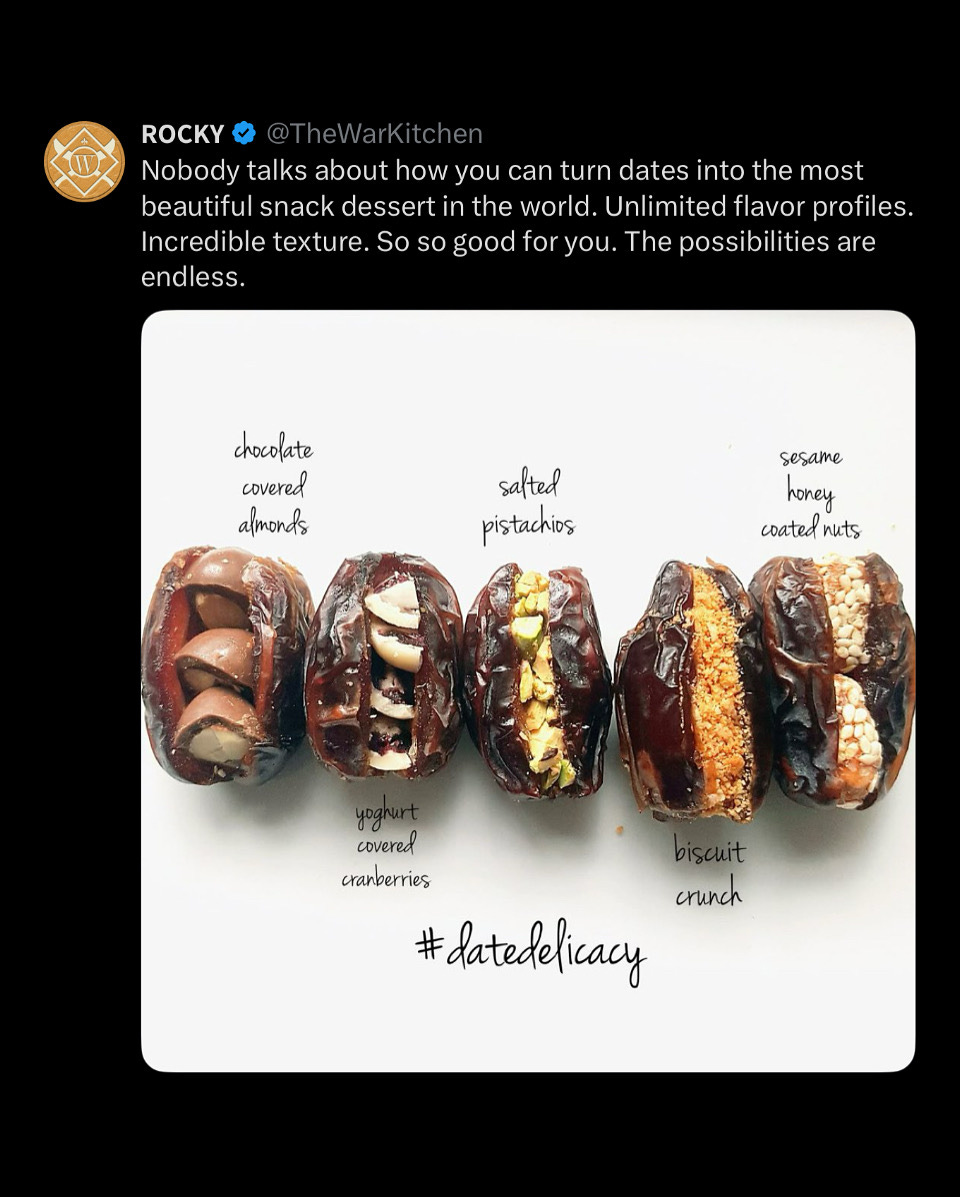
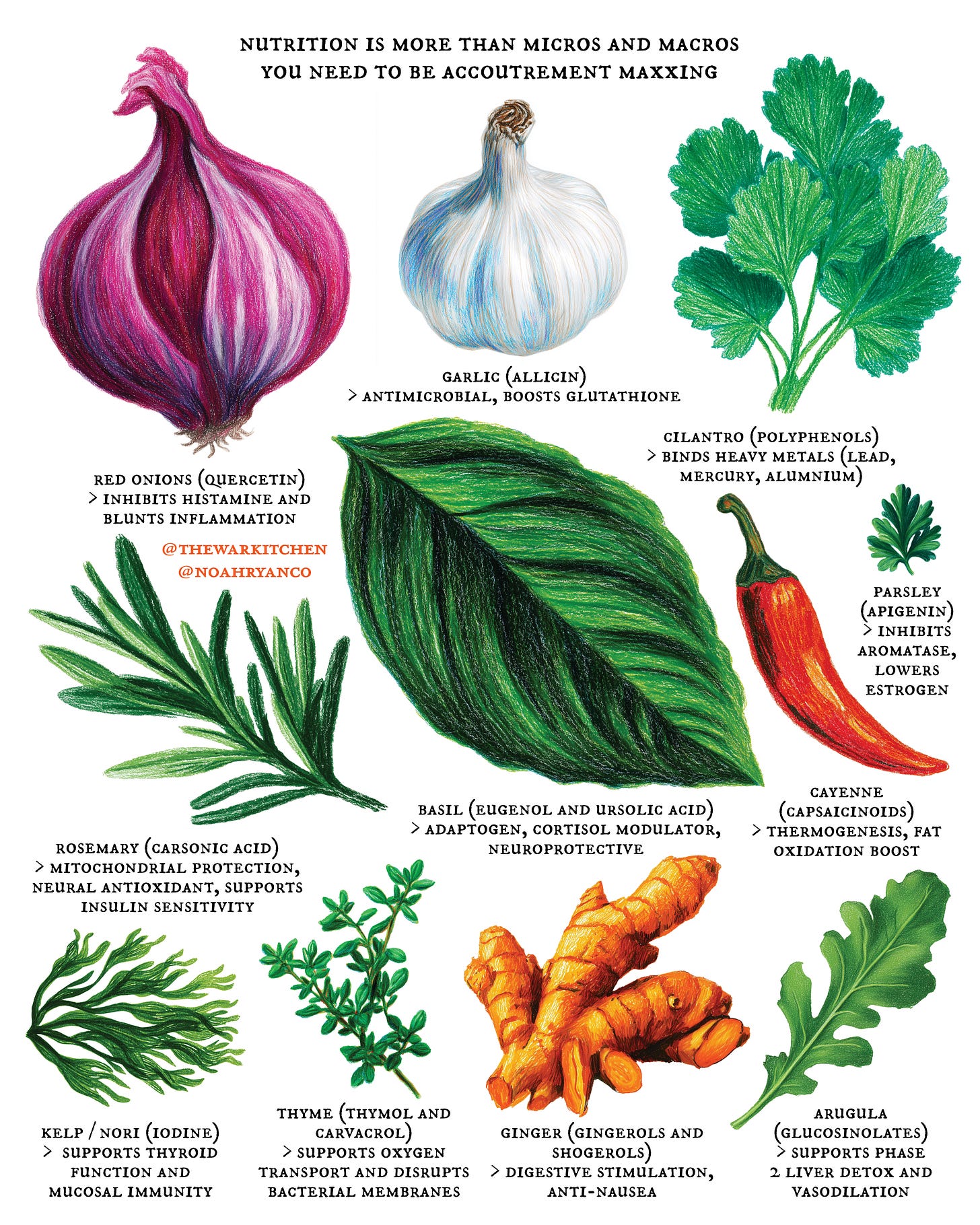

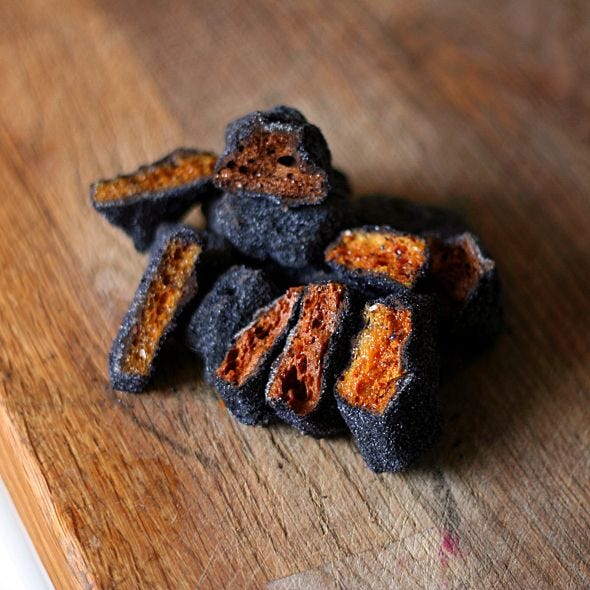
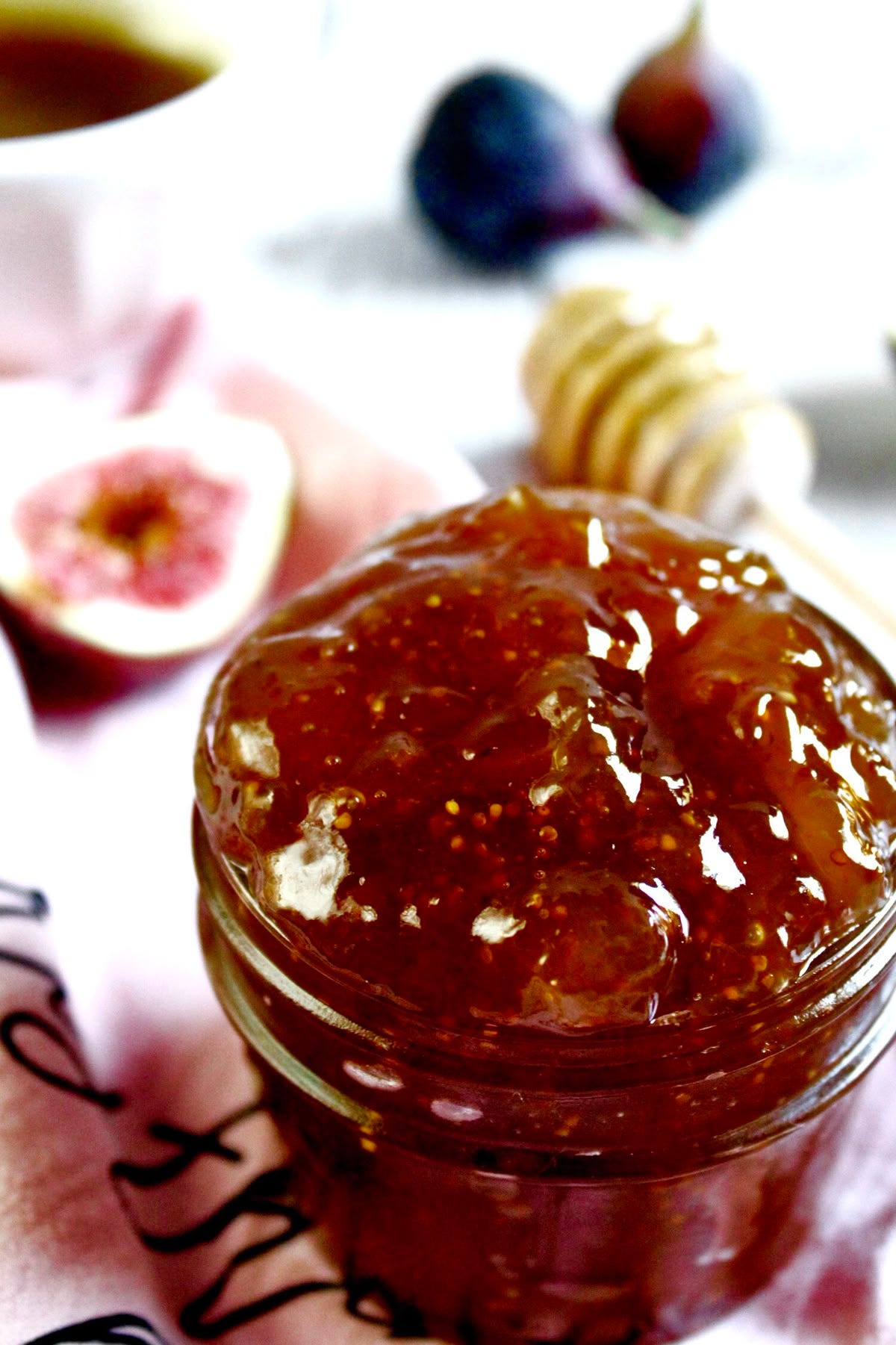
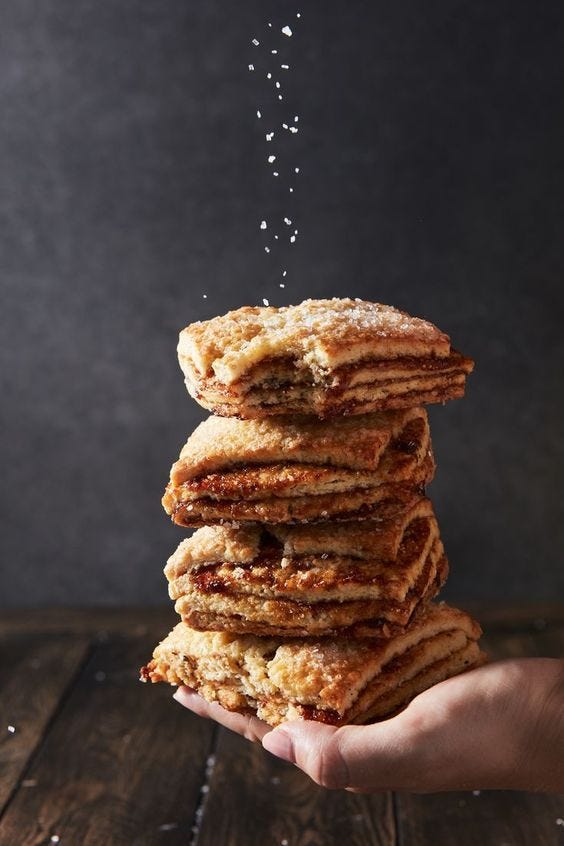
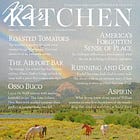



This is my favourite post thus far!
I am all about the lamb shank, and don’t get me started with all the glorious date ideas. Just bravo!
Looks Delicious! Thanks.